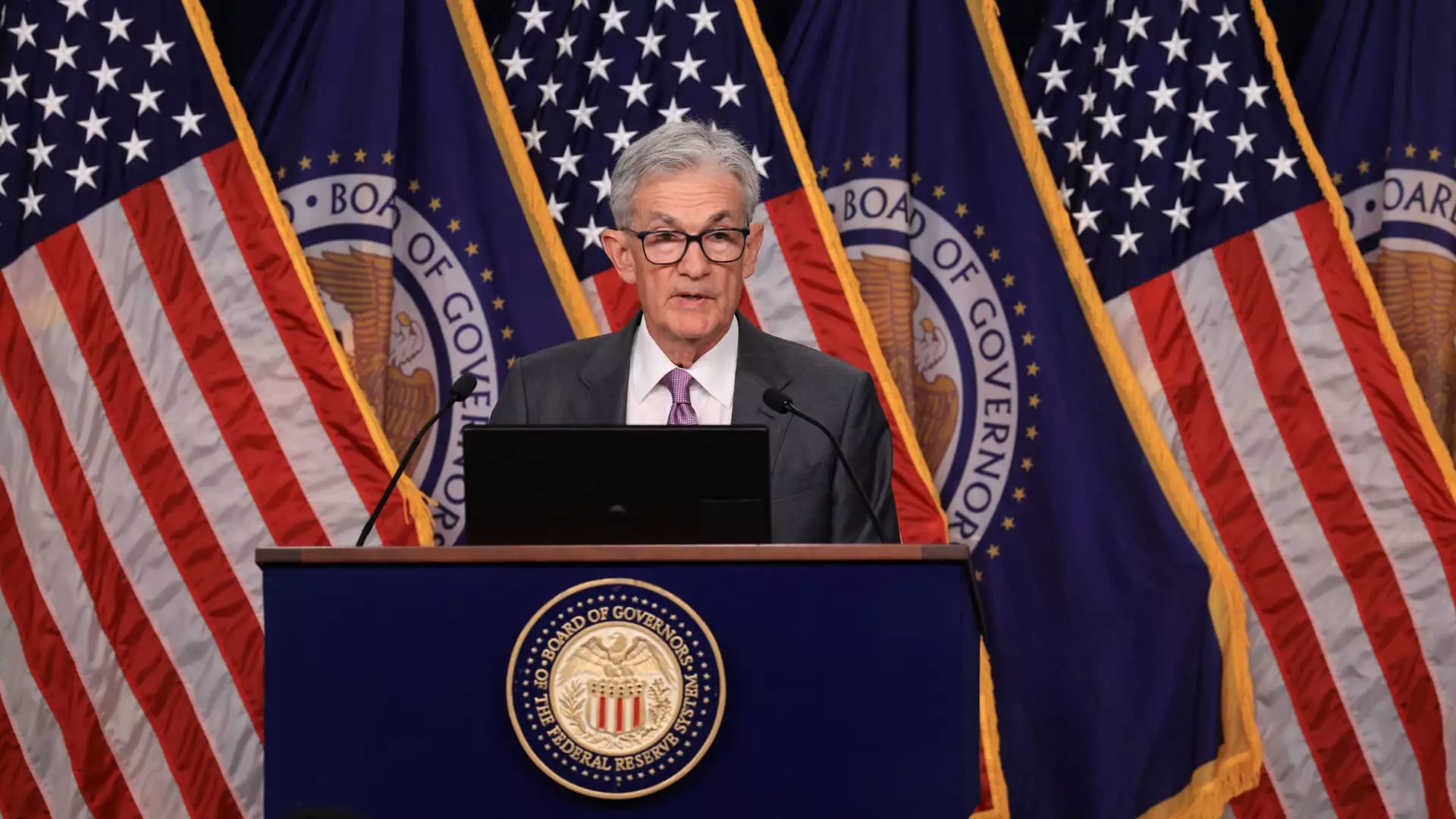The Federal Reserve plays a crucial role in shaping the economic landscape of the United States, primarily through its management of interest rates. A recent projection suggests that the Fed plans to lower interest rates by another half-point before the end of 2024, as revealed in its latest Summary of Economic Projections (SEP). This adjustment comes after a significant rate cut that brought the federal funds rate down to a range of 4.75% to 5% for the first time since the early pandemic days. With two policy meetings scheduled—one on November 6-7 and another on December 17-18—the Fed appears poised to make further adjustments.
The dot plot, a key tool used by the Federal Open Market Committee (FOMC) to communicate members’ interest rate forecasts, indicates that 19 members anticipate a benchmark rate of 4.4% by the end of the year. This projection translates into a target range of 4.25% to 4.5%, underscoring a cautious but optimistic view regarding future economic conditions. The central bank’s approach reflects a careful consideration of various economic indicators, including inflation and employment rates.
Looking beyond 2024, the Fed forecasts further reductions, with rates projected to taper off to 3.4% in 2025 and eventually reach 2.9% by 2026. Fed Chairman Jerome Powell emphasized that there is no urgency to accelerate these changes, highlighting how the process of rate adjustment must evolve gradually in response to economic conditions. Policymakers are demonstrating restraint, keen to avoid abrupt changes that could disrupt economic stability.
Analysis of recent economic data reveals that the Federal Reserve has grown increasingly optimistic about inflation trends, with officials stating their confidence that inflation is moving sustainably towards the 2% target. This sentiment is coupled with a revised projection for the unemployment rate, which is now anticipated to reach 4.4%—a slight increase from a previous forecast of 4%. This adjustment suggests that fiscal authorities are keeping a vigilant eye on labor market dynamics, aiming to balance inflationary pressures with employment goals.
Another significant element of the Fed’s recent projections is the downward revision of inflation rates. The expectation for overall inflation has shifted from 2.6% to 2.3%, while core inflation—the measure that excludes volatile food and energy prices—has also seen a reduction. This nuanced outlook indicates a careful parsing of data that recognizes the complexities of economic recovery while attempting to curb inflation.
The Federal Reserve’s recent decisions and projections underscore a commitment to striking a delicate balance between fostering economic growth and maintaining price stability. As the central bank navigates through a landscape riddled with uncertainties, its policy adjustments reflect a blend of caution and hope for a sustainable economic recovery. The upcoming meetings will be pivotal as they allow the FOMC to reassess conditions and potentially recalibrate its approach to interest rates, remaining vigilant in its dual mandate of achieving maximum employment and controlling inflation.

